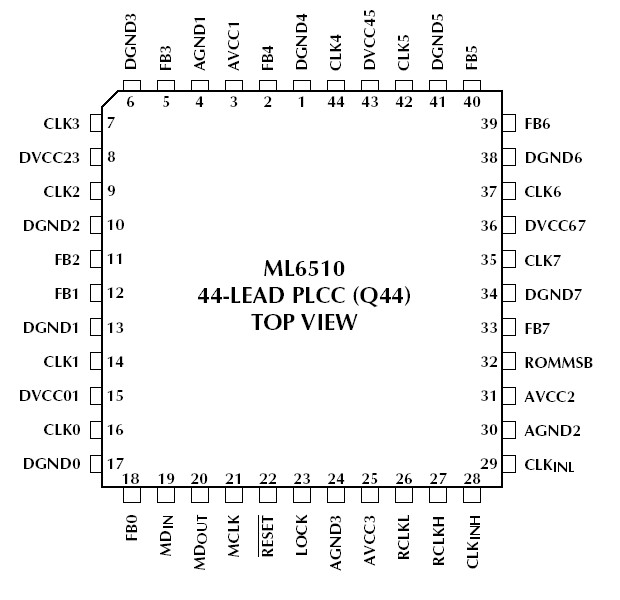ML6510: Features: ` Input clocks can be either TTL or PECL with low input to output clock phase error` 8 independent, automatically deskewed clock outputs with up to 5ns of on-board deskew range (10ns round...
floor Price/Ceiling Price
- Part Number:
- ML6510
- Supply Ability:
- 5000
Price Break
- Qty
- 1~5000
- Unit Price
- Negotiable
- Processing time
- 15 Days
SeekIC Buyer Protection PLUS - newly updated for 2013!
- Escrow Protection.
- Guaranteed refunds.
- Secure payments.
- Learn more >>
Month Sales
268 Transactions
Payment Methods
All payment methods are secure and covered by SeekIC Buyer Protection PLUS.

 ML6510 Data Sheet
ML6510 Data Sheet







